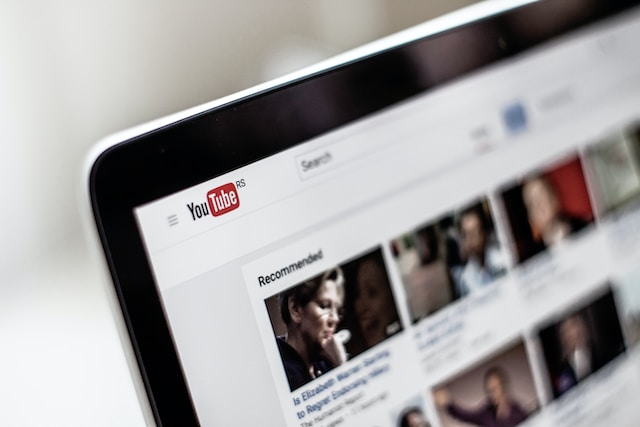The Science and Art Behind YouTube’s Algorithm

Deciphering User Patterns
YouTube’s complex algorithms are masterpieces in machine learning. By analyzing users’ watch history, search queries, and engagement metrics, YouTube crafts a personalized viewing experience, ensuring users stay longer on the platform.
Benefits for Creators
For budding content creators, this algorithm is a beacon. By understanding the nuances of what makes a video “recommendable,” creators can significantly enhance their visibility, leading to higher engagement and, subsequently, monetization opportunities.
Drawbacks and Criticisms
However, the algorithm isn’t without its criticisms. Accusations of creating “echo chambers” or overly promoting certain content types have been leveled against the platform. To counter this, YouTube continually refines its system, aiming for a balance between user satisfaction and content diversity.
Keeping Content Close
With the vastness of the platform and the deluge of daily uploads, users often resort to tools like the YouTube MP3 Downloader to keep track of mp3-content they cherish, ensuring they can revisit it anytime, even without internet access.
Evolution of the Algorithm
Since its inception, YouTube’s algorithm has undergone numerous changes. Initially, it heavily favored videos with the most views, leading to a clickbait culture. However, as the platform matured, so did its algorithm, placing a higher emphasis on watch time, which better reflected genuine user engagement. Today, it’s a blend of many factors, ensuring a holistic assessment of a video’s appeal and relevance to users.
Impact on User Behavior
The personalized nature of YouTube’s recommendations has profound implications on user behavior. Studies have shown that users are more likely to watch videos that are algorithmically recommended to them than those they find on their own. This means that the algorithm doesn’t just respond to user preferences; it actively shapes them. This symbiotic relationship between user and algorithm reinforces viewing patterns, potentially leading to binge-watching sessions.
The Role of Thumbnails and Titles
Visual cues, such as thumbnails and titles, play a crucial role in the algorithmic evaluation. A compelling thumbnail can drastically improve a video’s click-through rate, prompting YouTube to perceive it as more engaging and thus worthy of recommendation. Similarly, a clear and enticing title can draw viewers in. However, this has also led to some creators “gaming” the system with misleading thumbnails and titles, forcing YouTube to factor in user reports and video flags.
The Age of Interactivity
One emerging trend in YouTube’s recommendation system is the emphasis on interactivity. Videos that promote higher user interaction, whether in the form of likes, comments, shares, or even the use of interactive polls and cards, are seen as more engaging. This is a clear signal to the algorithm to promote such content more prominently, as it reflects a higher degree of user engagement beyond just passive viewing.
Data Privacy Concerns
As with any platform that relies heavily on user data, YouTube’s recommendation algorithm has raised concerns about data privacy. While user viewing habits are essential for crafting personalized video recommendations, questions arise about how this data is stored, who has access to it, and its broader implications in the digital age. YouTube, under the umbrella of Google, has taken steps to address these concerns, emphasizing transparency and giving users more control over their data.




